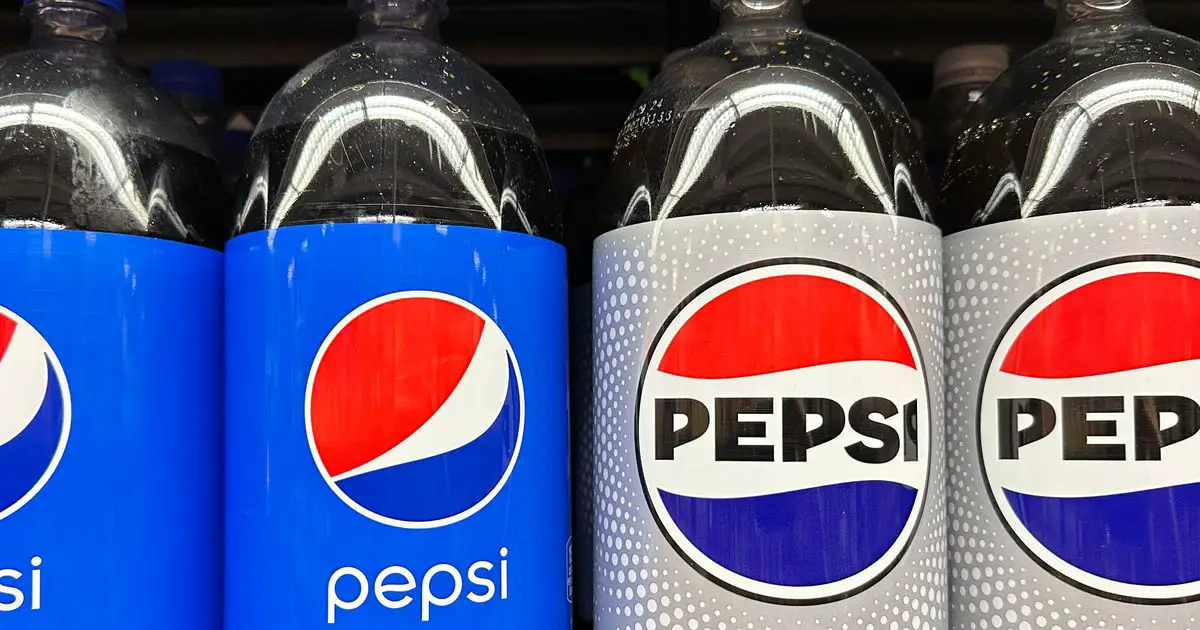
We’ve written before at HuffPost UK about what everything from Twix to HobNob and HARIBO really stands for.
We’ve even shared the hidden detail in Twix’s clever branding.
So what about Pepsi, the iconic red, white, and blue-branded soft drink?
Is its moniker some mixture of real, human names (like HARIBO), or a clever portmanteau (like LEGO)?
Is it an acronym or a clever reference (like how the name Marmite sneakily refers to its former cooking and distribution method)?
No, no, no, and no, it seems.
The brand is actually named after indigestion.
What?
I’m as surprised as you are. But then again, I also didn’t know the beverage was originally called “Brad’s Drink.”
Its inventor, Caleb D. Bradham, changed the name in 1898.
Pepsi’s site merely says, “He bought the name ‘Pep Kola’ from a local competitor and changed it to Pepsi-Cola.”
But according to the LA Times, who heard from Dr. Sydnee McElroy and her husband Justin (both hosts of Sawbones: A Marital Tour of Misguided Medicine), the name “derived from dyspepsia (ie, indigestion), which the beverage was supposed to assuage.”
MEL Magazine says the drink’s supposed main ingredient, pepsin, was marketed as a way to get rid of stomach issues.
“A 1902 advertisement that was developed with at least the blessing of Pepsi inventor Caleb Bradham referred to it directly as ‘Pepsi-Cola (The Pepsin Drink),’” they wrote.
Pepsin is an enzyme your stomach makes to help digest proteins in your food.
Though I couldn’t find that specific ad, I did find a 1902 ad that says it “aids digestion” and a 1907 ad that reads ”[Pepsi] is an absolutely pure combination of pepsin ― for the ingestion ― acid phosphate and the juices of fresh fruits.”
However according to Pepsi themselves, “Despite its name and hearsay, pepsin was never an ingredient of Pepsi-Cola.”
How could people think it was a health drink?
Whether it comes from “dyspepsia” or “pepsin” (or perhaps a vague association with both), Pepsi was certainly marketed as a health aid at first.
They were far from alone, though.
Digestives were originally marketed and designed as (you guessed it) digestion aids.
Maltesers were first sold as “energy balls” and used as diet food at first too, with a 1936 ad saying, “made LIGHT for energy… non-fattening.”
It wasn’t just food, either; around the same time, people thought sitting up straight would cure tuberculosis.







